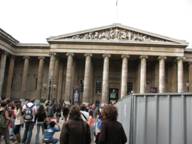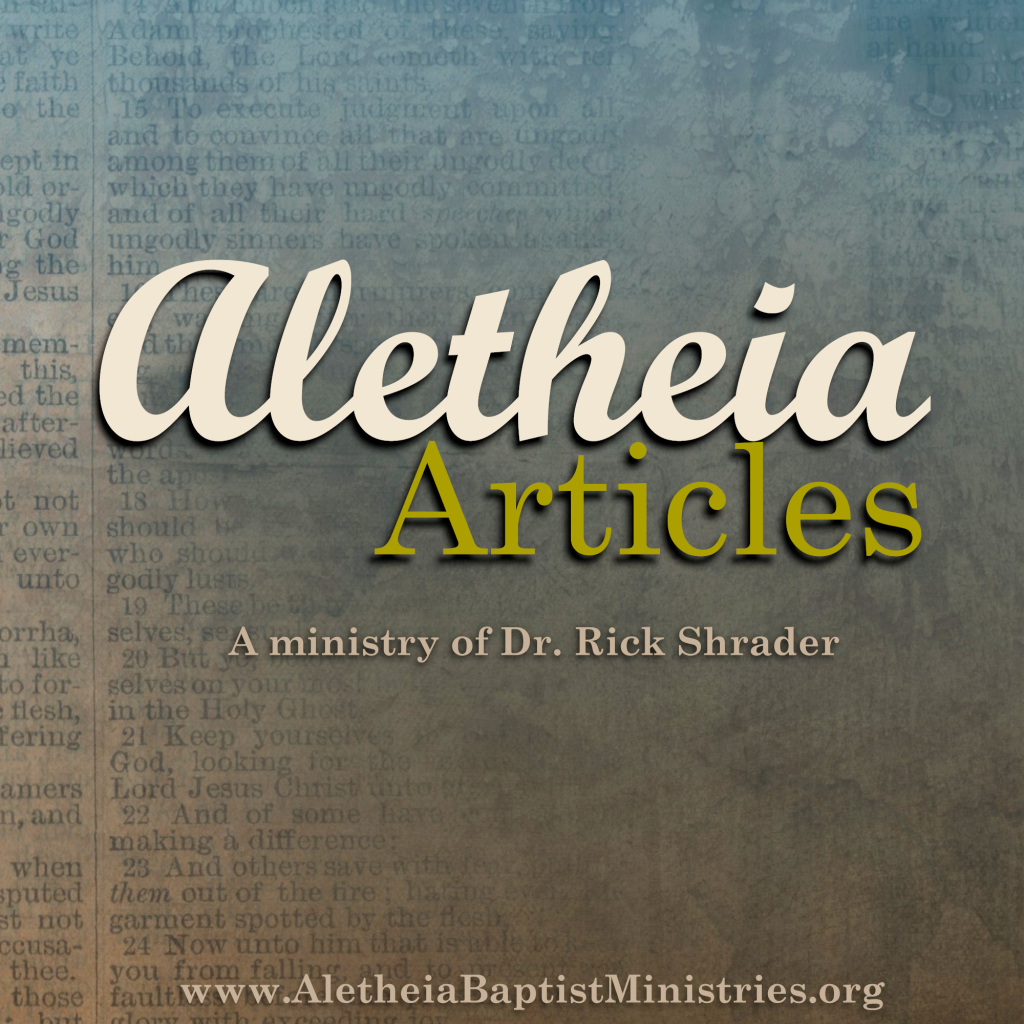
London, England (#1)
by Debra Conley

Our first day takes us to the British Museum. We jump right into the hustle and bustle of London by getting on the Tube and learning to read the very efficient directions and signs, such as the all-important one which reads, “Way Out.” Not meaning a “cool happening”, it simply is the sign to follow for the way out of the Tube and onto the street above. At the Museum, we follow Dr. Peter Master’s tour outlined in Heritage of Evidence in the British Museum. Imagine standing in front of the Nabonidus Chronicle of 556 B.C., a recent archaeological discovery which confirms the story of Daniel and Belshazzar. There are tablets from the royal Library at Ninevah which recount the Genesis record of creation (the Gilgamesh story), the Lachish Letters which are military communications chronicling the doom of Jerusalem and the Temple as told by Jeremiah, and the burial chamber and inscription of Shebna’s death as told by Isaiah in chapter 22. Sadly, the museum never mentions the Bible or the numerous artifacts which support the texts of Scripture. To cover all of Dr. Master’s book takes several hours, but the proof of Scripture covered in the museum is alone worth the trip to London. The Museum itself is one of the neo-classic structures common in London with huge imposing columns flanking its entrance into a grand corridor.
The book store inside is a good source for other materials, such as an entire book on the discovery by Napoleon’s soldiers (1799) of the Rosetta Stone and how this opened the first door for translation of Egyptian Hieroglyphics. I purchased a book there which gives a detailed description of every Tube stop. Did you know that the London Underground (Tube) dates back to the 1800’s, that many of these tube stations are still in good condition and used daily, and that the Underground was used for bomb shelters during WWII without significant damage to any of them? Kudos to those engineers!

The British Museum


No Comments Yet